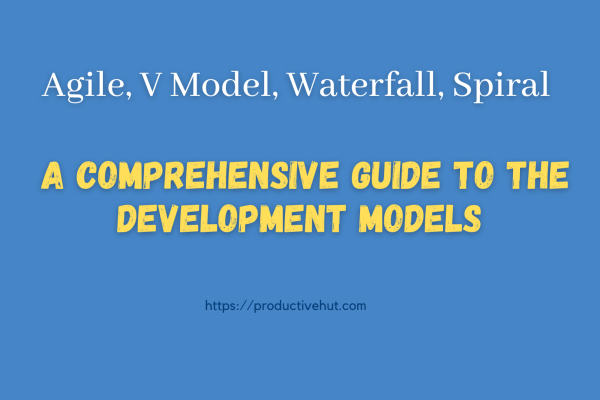Effective Strategies for Managing Parallel Software Versions and Merging Processes
Does your organization handle multiple software product versions simultaneously? If so, this article is a must-read.
Many organizations operate with diverse versions concurrently – some released to customers, others still in development. But how do you effectively manage the merging process across these versions? How can you ensure all fixes are correctly updated and distributed?
Managing multiple versions isn’t straightforward. While handling a single version for one customer might be simpler, it becomes complex when each customer uses a different installed version. How can developers ensure that fixes from the main version are merged into other version branches without any oversights or mistakes?
In my experience, instances have occurred where versions or patches intended for testing missed critical fixes due to human errors or misunderstandings in the process.
Such mistakes not only waste R&D time but also cause several setbacks:
- QA unable to verify fixes
- Developers spending additional time on merges
- DevOps creating deployment packages anew
- Reinstalling packages
- Additional QA verification time

In an ideal software merge process, all developers should merge code to the master version, and QA should ensure these merges are included. However, developers might not always remember which merges should apply to released versions ‘x’ or patch ‘y’. This discrepancy leads to chaos and gaps in the process.
A simple yet effective solution is to adopt a merge management process within TFS:
Every current version should contain ‘merge’ work items for the latest previous versions to be included. Each R&D changeset intended for merging changes from the previous version must relate to the same work item as the source branch.
For managing parallel versions:
Work items intended for multiple versions should be duplicated across both. These work items in TFS should be linked accordingly (Work Item -> All Links -> Link to).
This straightforward approach ensures no fixes are overlooked. Is this article helpful?
Share your thoughts in the comments on how it has assisted you.
Join the Productive Hut Family and be a part of our community!






3 Comments
Very interesting info!Perfect just what I was looking for!
Hi Demetria,
Thank you very much!
Have a nice day!
Natalya
I’ve been exploring for a little bit for any high quality articles or weblog posts on this sort of area . Exploring in Yahoo I eventually stumbled upon this web site. Reading this information So i’m glad to convey that I have a very excellent uncanny feeling I found out exactly what I needed. I most undoubtedly will make sure to don’t overlook this website and provides it a glance regularly.